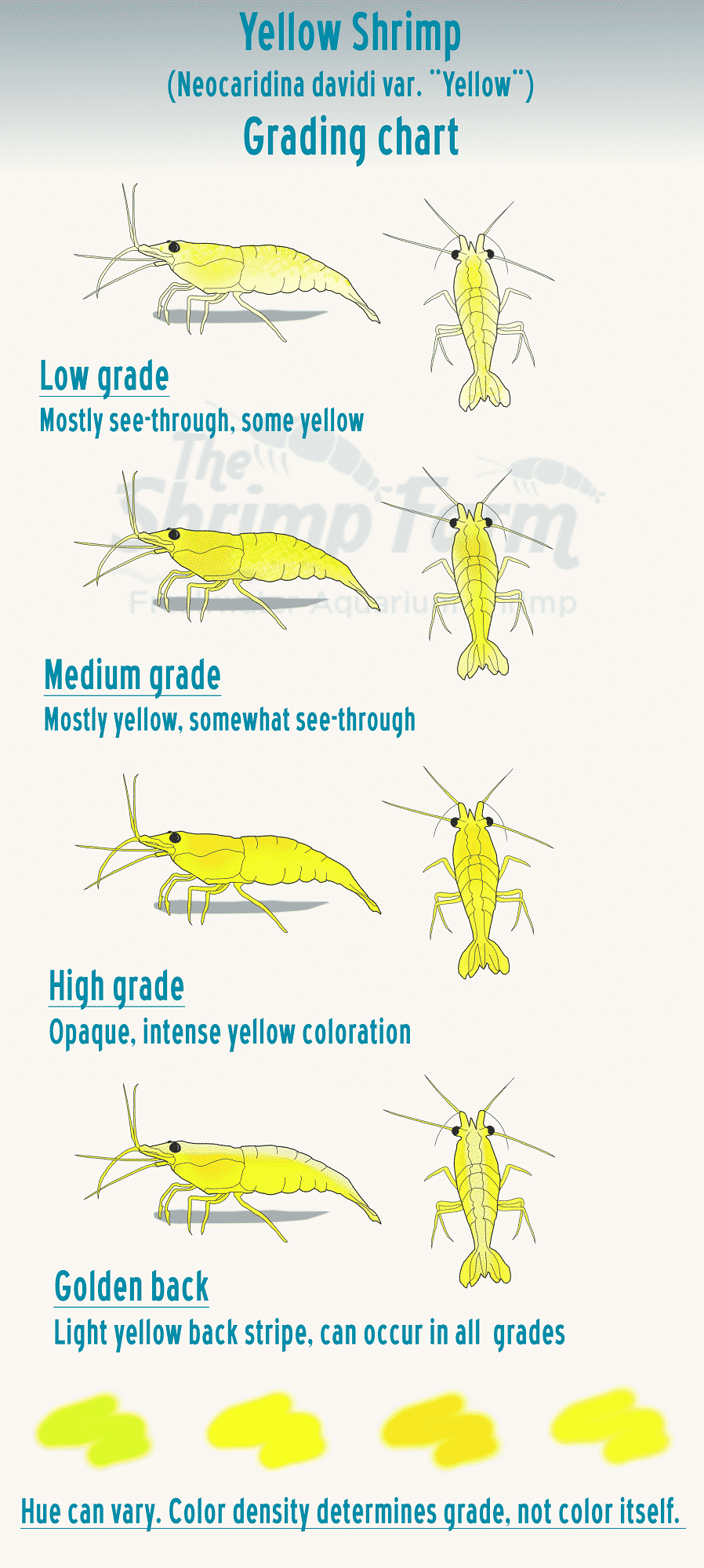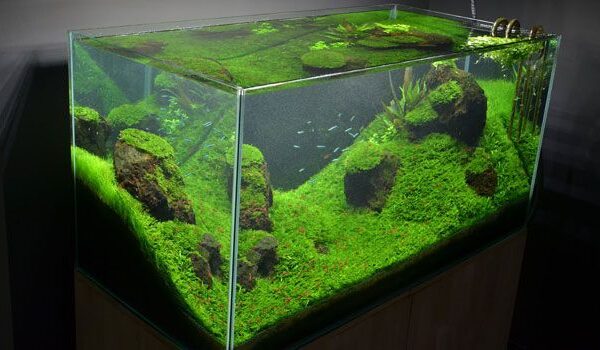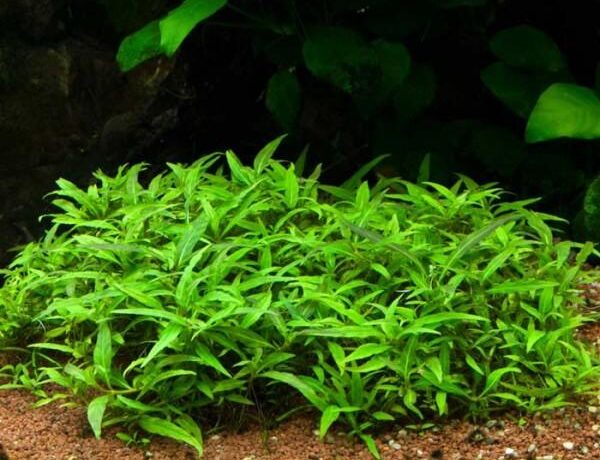Table of Contents
Introduction to Yellow Shrimp
The yellow shrimp is a tough creature that can acclimate to a wide range of water parameters. It’s best known to live in both soft and hard water. The pH of the water can also very from 6.0(acidic) to 8.0(alkaline). They are relatively easy to keep and breed just like several other Neocaridina species. They thrive in temperatures between 72-80 degrees Fahrenheit and live for around 1 to 2 years.
Although they can live and adapt to a wide range of temperatures and pH levels, it is good to keep them within their comfort zones for maximum breeding. Yellow shrimp will measure approximately 1” when fully grown. Just like other freshwater invertebrates, it’s also critical to keep their water clean.
The Yellow Shrimp’s Background
Yellow Shrimp are another color mutate of Neocaridina Heteropoda that started appearing in the hobby between 2006 and 2007. Among other Neocaridina Heteropoda color variants, the Yellow shrimp are a great starter shrimp due to their adaptability, prolific breeding rate and attractive color. It is believed that the yellow color shrimp was selectively bred from the wild native southern Asia Neocaridina Heteropoda. The yellow coloring does not result in the wild. The yellow color is also the reasonably color variation of the wild Neocaridina heteropoda. This color deviation was basically bred in Germany and afterwards began appearing in the early 2000’s in the freshwater aquarium shrimp hobby.
Appearance Of Yellow Shrimp
Yellow Shrimp color varies from bright yellow to pale yellow. When the shrimp is mature the exoskeleton becomes really opaque making it appear strikingly yellow. The females are the most colorful compared to the males. Many female neocaridina species will sometimes have a lucent stripe on their back.
Grading and Variations
The Yellow shrimp grading guide is similar to that of the Red Cherry shrimp: sakura, Cherry and Fire. The cherry grade is all transparent with yellow spots across its body. The Sakura grade is more translucent yellow, having only minor dot lines of clear through it carapace. Fire grade is utterly yellow and has no obvious lines visible anywhere on its body. Fire grades that are totally opaque are referred to as Painted fire and its eggs and saddles are only visible when observed under high lighting.
Breeding Yellow Shrimp
Breeding or sexing yellow shrimp is not that difficult. The female shrimp is easily identified as it is bigger than the male counterpart, have a curved underbelly and is also has a much darker yellow color. You can also identify the females since they will always have a saddle, if not eggs. The males also do not have a stripe along their back like the one many females have.
Video Credits: Christine Ha
Eating Habits of Yellow Shrimp
The Neocaridina Heteropoda (var. yellow) will feed on anything from blanched spinach, zucchini, algae wafers, frozen blood worms, fish flakes shrimp pellets and many more. Feeding is best done once a day. It is always advisable to feed the shrimp with the amount of food that they will finish within 2-3 hours maximum. Feeding them with too much food to an extent of having leftovers sitting for too long is not a good idea. Overfeeding is a well-known cause of death to the shrimp as it results to critical water quality issues. Always keep in mind that Shrimp are scavengers in the wild. They will feed on whatever they find and are not accustomed to an invariant food source 24/7. One or two days of not feeding this species will not harm it.
Yellow Shrimp for Sale and where to buy
You might not find Yellow shrimp in local pet or fish stores. They are mainly bred by hobbyists who sell them through private sellers. The yellow shrimp prices will ranger around the $2-5 mark based on the grade and quality of the shrimp. Check out below for some online stores selling Yellow Shrimp.




No Comments